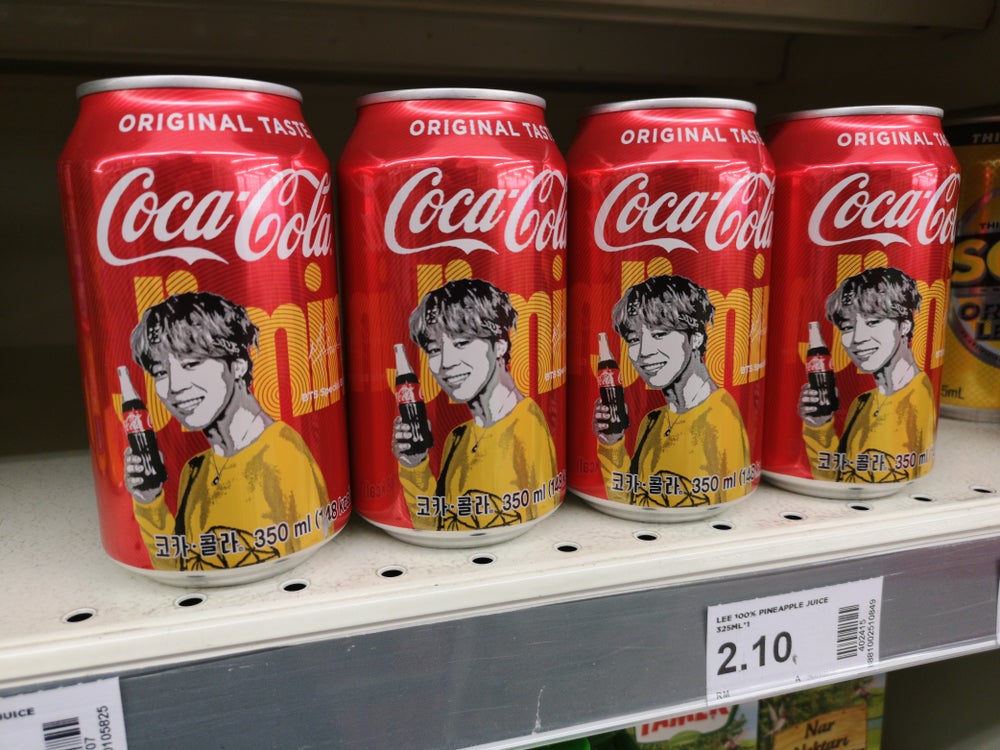The use of gift cards as incentives in the business-to-business world is taking off.
While cash or checks still reign as king of the incentive tools at 58%, gift cards and gift certificates are closing in with 40% of incentive spending, and plaques or pins ranking third at 37%, according to a benchmark study commissioned by ValueLink, a service of First Data.
The study found that more than one third of organizations with 50+ employees are using all types of incentives. Some 72% of respondents reported recognizing employee performance as the most popular incentive program. Employee length of service recognition came in second at 55%, with sales incentives third at 49%.
Corporate demand for the use of gift cards as incentives was expected to parallel or beat consumer demand in the next 12 months. Twenty-four percent of respondents signaled they would definitely use the cards, 24% said very likely and 19% reported they would be somewhat likely.
Gift cards are moving into a new category, more and more often being strategically integrated into businesses as a tool to capture or retain new customers, improve operational efficiency and business intelligence.
For example, Spencer Gifts offered customers who bought a certain amount of products, a gift card that required they return within a certain time frame.
“It’s one more opportunity to get a positive interaction with that person and to create a long-term relationship,” said Bill Winkelman, principal of Wink Loyalty, a Mercer Island, WA-based consulting firm specializing in stored value and loyalty programs.
Businesses are also finding plenty of creative and innovative ways to use gift cards to provide added value to customers and generate enthusiasm, from co-branding to selling an experience.
Sears used customized images on the cards and occasions to improve targeting for the incentive buyer, such as thanking employees for a great job. The images can also reinforce the brands wide range of merchandise. Sears also developed a co-branded card with Clayton Homes, which generated $11 million in incremental sales for Clayton.
“As a user, when you see your brand connected with a brand like Sears, it really gives extra credence,” Winkelman said.
Blockbuster this week introduced the Blockbuster Night Card, a night of entertainment with two movies, a bucket of popcorn and a large bottle of Coke. And, O’Charley’s, a chain of 200 some eateries in the south and Midwest, provided store managers with products to use as incentive. The managers went into town and handed out gift cards on the streets to customers who could claim the products when they came to the restaurant.
Expected to drive the next generation of innovation in B-to-B gift cards is loyalty overlays and multi-purse offerings, which offer a variety of ways to use the cards such as the combination of a credit card and a stored value card. ValueLink plans to introduce multi-purse capabilities later this year.
On the consumer side, some 92% of U.S. adults are aware of gift cards, compared to 76% in 2001. And, 59% indicated they had purchased or received a gift card in 2003, versus 36% in 2001, according to the ValueLink Consumer Insight Survey 2004.
“The growth started with suburban families with trends now indicating Hispanics, teens buying cards for teens and grandparents now driving the latest growth,” said Karen Larsen, VP-product marketing and evolution, for ValueLink.



